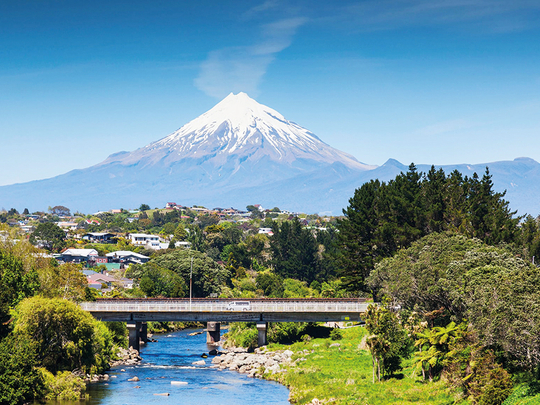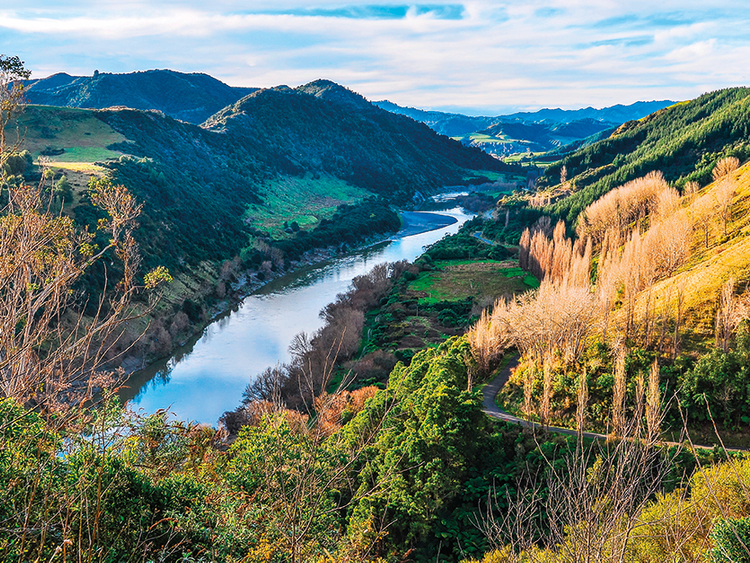
Must feel like the reserved sibling in a family of exhibitionists. You have big, brash Australia to one side, the dreamy, tropical South Pacific isles above and alluring, mysterious Antarctica to the south. Which could go some way to explaining why New Zealand has been left off so many maps of the world, from the Smithsonian Natural History Museum to those simple cartographic artworks by the likes of Starbucks and Ikea.
Last month, Tourism NZ launched a light-hearted ad to #getNZonthemap, featuring Jacinda Ardern, the prime minister, and comedian Rhys Darby.
Recognition is something Maori communities, the indigenous Polynesian people of New Zealand, have been campaigning for over 150 years.
In 2013, they achieved a landmark ruling when the Te Urewera national park on the North Island was granted “all the rights, powers, duties, and liabilities of a legal person”.
Last year, the Whanganui River was also given “person status”, and soon the last of the documents will be signed to make Mount Taranaki — a dormant volcano in the Egmont national park, on the west coast of North Island — the first mountain in New Zealand to be awarded the status of a “legal personality”.
2017’s top destination
Rising to 2,518m above the town of New Plymouth, the stratovolcano of Taranaki is an arresting sight. Indeed, with the opening of the Pouakai Circuit last year (a two- to three-day trek over tracks through forest, alpine fields and the Ahukawakawa swamp) and Lonely Planet naming it as a top destination for 2017, visitor numbers have increased dramatically.
Good news for tourism — but it does bring with it problems. “Rubbish being dropped, people standing in sacred spots and, worse still, people spoiling it; these have become real issues,” said walking guide, George White.
“It [the damage] is not only unpleasant but a huge insult to the Maori who see the mountain as a person already,” said George. “The thing you need to know is that the Maori don’t believe we own the land but rather we come from the land.”
While geologists talk about the volcanic origins of Taranaki, Maori legend focuses on the peak as a person, as a man living in the centre of the North Island before going to battle with rival Mount Tongariro over the beautiful, smaller Mount Pihanga. Injured and fleeing west, he even created the gorge of the Whanganui River during his escape.
“So you see it makes sense,” said George. “Giving the mountain person status will hopefully mean that people think a little more carefully before doing anything they shouldn’t. You wouldn’t despoil the resting place of your ancestors — and that’s what Taranaki is: an ancestor.”
But what does conferring person status on a mountain actually mean?
“Access will not change,” says Hemi Sundgren, CEO of the Te Kotahitanga o Te Atiawa Trust, an organisation established to manage and administer land settlement issues for the Maori community. “But it does give a set of legal rights and the obligation and responsibility on our people (and the broader community) to uphold those values.”
From the moment the status becomes official, if someone does something harmful or disrespectful to the peak, it is legally the same as if they did it to a member of the tribe themselves.
Let the scientists talk of protecting landscape in environmental terms — but perhaps personification is the way forward. Anything that helps conserve nature is worth taking notice of.













